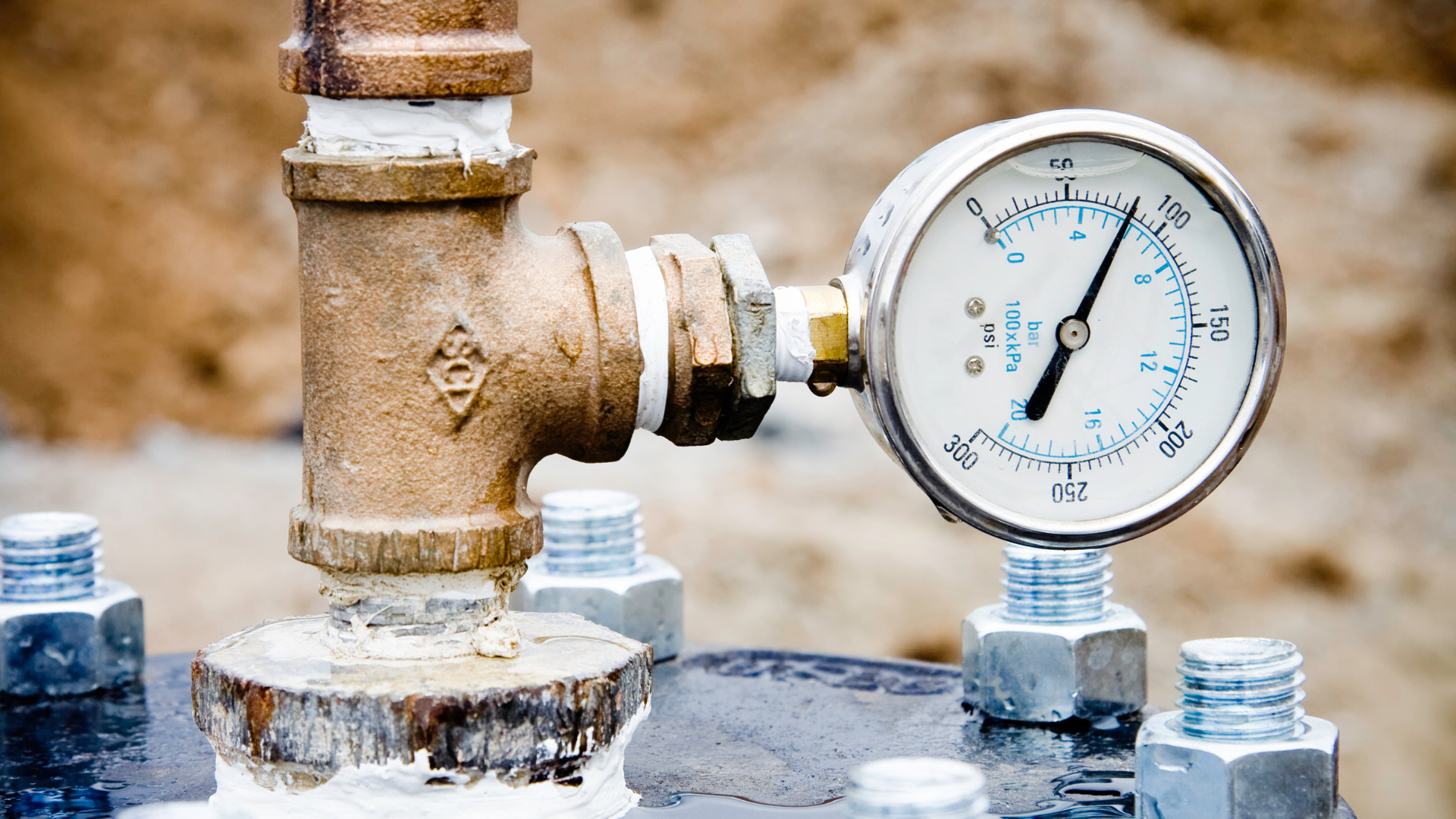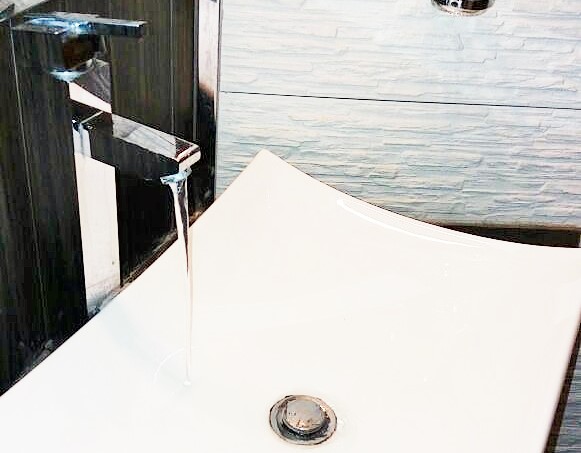This article listed below on the subject of Low Water Pressure in the House? is particularly motivating. Give it a try and make your own personal ideas.

Low water pressure in your home can be an irritating problem, impacting whatever from showering to cleaning recipes. If you're experiencing weak water flow, there are several feasible reasons and solutions to check out. In this overview, we'll talk about usual factors for low water pressure and practical steps to attend to the concern successfully.
Introduction to Low Water Stress
Low water stress takes place when the flow of water from your taps, showers, and other components is weak than normal. This can make everyday tasks more challenging and much less efficient. Recognizing the causes of low water stress is important to finding the ideal service.
Common Reasons For Low Tide Stress
Pipeline Obstructions
Over time, pipes can come to be clogged with mineral deposits, debris, or debris, restricting the flow of water. This is a typical issue in older homes with galvanized steel pipes.
Rust
Rust within pipelines can bring about leakages and lowered water stress. Corrosion buildup can tighten water circulation, specifically in aging plumbing systems.
Faulty Pressure Regulatory Authorities
Stress regulatory authorities are responsible for preserving consistent water pressure in your house. If they malfunction, it can result in low tide stress or uneven flow throughout your home.
Local Supply Of Water Issues
In some cases, the problem exists outside your home. Municipal water system issues, such as main line leaks or maintenance work, can briefly reduce water stress in your area.
Just How to Diagnose Low Tide Pressure
Checking Faucets and Components
Begin by testing the water stress at various faucets and components throughout your home. If the problem is isolated to certain locations, it may suggest local problems.
Evaluating Pipes
Check noticeable pipelines for indications of leakages, rust, or blockages. Take note of any uncommon sounds, such as knocking or rattling pipelines, which can suggest problems within the plumbing system.
Consulting with a Plumber
If you're unable to identify the reason for low water stress, consider hiring an expert plumber to perform a thorough inspection. They can recognize underlying concerns and advise suitable services.
Do It Yourself Solutions to Take Care Of Low Water Stress
Cleaning Up Aerators and Showerheads
Mineral deposits can accumulate in aerators and showerheads, minimizing water circulation. Eliminate and cleanse these parts regularly to enhance water pressure.
Flushing Hot Water Heater
Debris build-up in the water heater can restrict flow and minimize effectiveness. Flushing the tank occasionally helps get rid of debris and preserve ideal performance.
Inspecting Stress Regulatory Authority
Ensure that the stress regulatory authority is operating correctly. Adjusting or replacing the regulator can help restore correct water pressure throughout your home.
Clearing Clogs in Pipeline
For small clogs, try making use of a plumbing serpent or chemical drainpipe cleaner to clear blockages in pipes. Beware when using chemicals and follow safety and security guidelines.
When to Call an Expert Plumber
If do it yourself initiatives fall short to fix the problem or if you presume significant plumbing problems, it's ideal to seek support from a qualified plumber. They have the experience and devices to attend to complex issues safely and effectively.
Safety Nets to Maintain Water Stress
Routine Maintenance
Schedule routine maintenance for your plumbing system to prevent problems such as deterioration, leakages, and blockages. Dealing with minor troubles early can assist prevent even more substantial fixings later.
Installing a Stress Booster
Think about setting up a stress booster pump to improve water stress in locations with regularly low flow. This can be particularly beneficial for multi-story homes or buildings with high-demand components.
Monitoring Water Use
Be mindful of water use behaviors and stay clear of ill-using the plumbing system. Basic changes, such as incredible showers and washing tons, can help keep sufficient water pressure.
Conclusion
Dealing with low tide pressure can be frustrating, but identifying the underlying causes and executing appropriate options can restore optimum flow throughout your home. Whether it's cleaning up aerators, examining pipelines, or talking to a plumber, taking positive steps can make sure a stable supply of water for your everyday needs.
How to Fix Low Water Pressure
Have you noticed the water pressure in your shower or taps seem a little weak? If so, the water pressure in your home may be lower than it should be.
Low water pressure can affect many areas of your home. You might notice it taking longer to fill the bathtub or washing machine or that you’re not getting the pressure you need from your garden hose.
These pressure changes can be sudden or may happen over time. It may take a little investigating to find the cause, but there’s usually an easy solution.
Testing Water Pressure in Your Home
One easy way to check water pressure at home is with a water pressure gauge. You can find one online or at a hardware or home improvement store.
Before you check the pressure, make sure the taps and appliances that use water are turned off. Then, connect the gauge to the exterior hose bib or tap.
Turn the tap up all the way and read the gauge to see the water pressure. If you don’t have an exterior tap, you can disconnect the hose of your washing machine and connect the water pressure gauge to it.
Make sure all your water-using appliances are turned off. Turn the faucet on high to read your home’s pressure or PSI.
If the idea of checking water pressure or dealing with plumbing issues on your own seems a bit daunting, you can call a professional plumbing service to handle the job.
They can help you find the root of your water pressure issues and determine the best solution to the problem.
Clear the Clogs
A clogged pipe is one of the most common issues that leads to low or no water pressure. Pipes can become clogged due to a buildup of mineral deposits.
This is especially true if you have hard water where you live. Even a small clog can reduce the pressure of water running through the pipes.
Clogs usually build up over time. People notice when it affects their showers or the appliances that use water every day.
There are products and tools for clearing clogs on your own or you can call a plumber. They have the expertise and the right tools to locate clogs and determine whether it’s better to repair or replace the pipe.
Clean or Replace Corroded Pipes
Do you live in an older home where the plumbing is decades old? If so, your pipes are probably prone to corrosion. This is especially true if the pipes are galvanised steel.
This material is likely to corrode after 20 years of use. Brass pipes average 40 to 70 years before corroding, while copper pipes are good for 50 years or more.
If you installed extra plumbing fixtures after building or moving into your home, there’s a good chance you could have corroded pipes. The more plumbing fixtures in the home, the harder your pipes have to work, and the more likely they will corrode.
It’s important to address pipe corrosion. Failing to fix the problem can lead to cracked pipes, major leaks, and water damage in your home.
Swapping out old plumbing pipes reduces the risk of corrosives. Updated plumbing produces cleaner and better-tasting water, too.
Seal the Leaks
Another cause of low water pressure could be a leak in the pipes or in the water line. Small cracks or holes leak water into unintended areas before the water can reach the various taps in your home.
If your basement or foundation has flooded, it’s a strong sign of leaking pipes. You can look for leaks by turning off the taps for a couple of hours. Then, check the water metre reading.
An increase may indicate a leak. To see or access the plumbing, check for wet spots or pooling water. If you find a leaking pipe, there could be more.
You may not be able to reach these spots on your own, so it’s a good idea to enlist the help of a professional plumber at this point. They can check all your pipes for leaks and repair or replace damaged ones to restore adequate water pressure.
It’s important to address water leaks right away. Standing water can lead to mould or mildew growing in your home.
Replace the Pressure Regulator
Do you have a pressure regulator in your house? It’s a valve that helps keep the water pressure entering your home at safe levels. A functioning regulator keeps the pressure constant and flowing at around 50 PSI.
High water pressure may damage your plumbing and lead to excess stress on your appliances that use water. When a pressure regulator fails, it can lead to an increase or decrease in pressure.
Sediment or debris in the value can cause a blockage. You can check the pressure regulator by attaching the pressure gauge to an outdoor spigot. If the pressure reads lower than the valve reported, the regulator may be faulty.
A plumbing expert can assess whether the pressure regulator is working for your home. It’s important to replace a failed regulator.
Instal a Booster Pump
Sometimes you may look everywhere to discover the cause of low water pressure but not find an answer. Talk to your neighbours to see if they’re having similar issues.
If other homeowners near you are experiencing water pressure problems, installing a booster pump may be a good solution. It can increase water pressure to the main supply line that runs to your home’s system.
An experienced pro in UK plumbing issues can help you install a booster and restore the water pressure to your house.
How to Fix Low Water Pressure
If you notice the water pressure in your home is less than what it should be, there are a variety of possible problems and solutions. If you’re not a plumbing expert or don’t have the time to spare for DIY plumbing issues, call the pros instead.
At PM247, we know how to improve low water pressure in your home. Simply tell us the plumbing issue you’re having and we will take it from there.
For over 20 years, we’ve provided professional plumbing, drainage, roofing, heating, and electrical services to our customers. We would love to help you, too!
https://www.pm247.co.uk/blog/how-improve-low-water-pressure/

I was brought to that write-up on Low Water Pressure in the House? from an associate on a different web address. For those who liked our blog post if you please don't forget to share it. I appreciate your readership.
Call Today
Comments on “My Advice to Dealing with Low Water Pressure in Your Home”